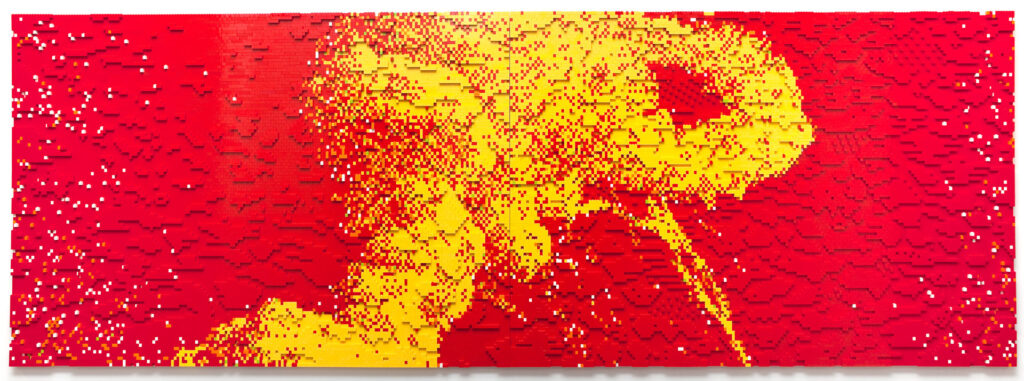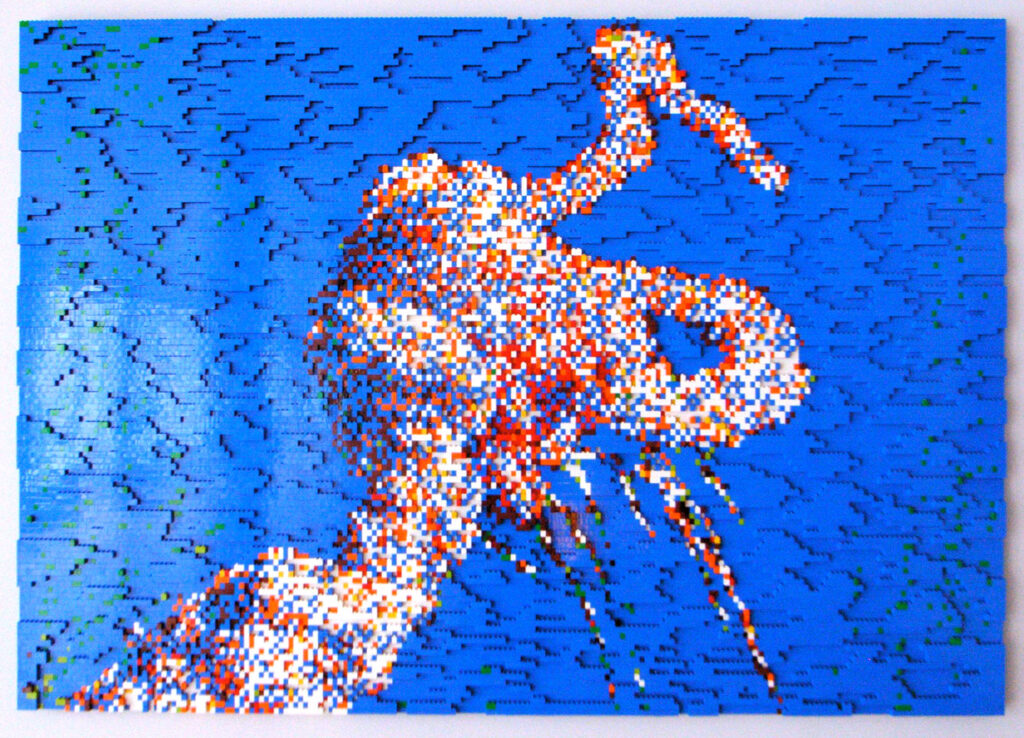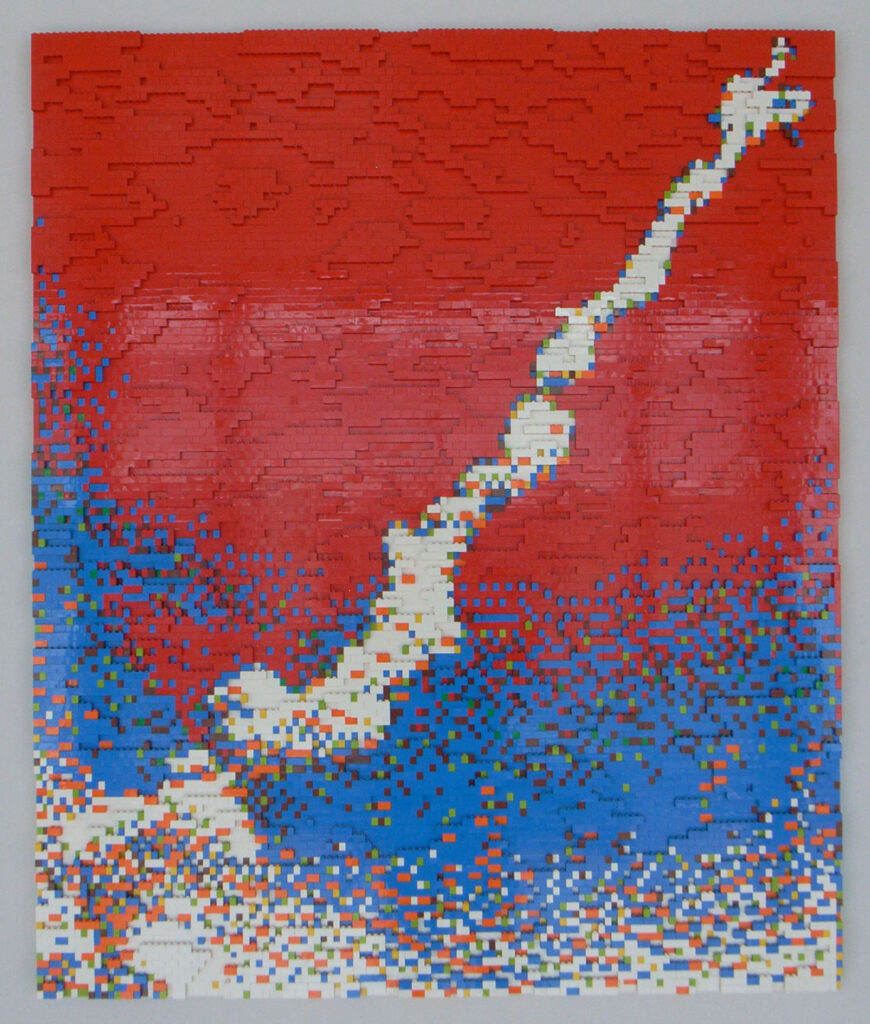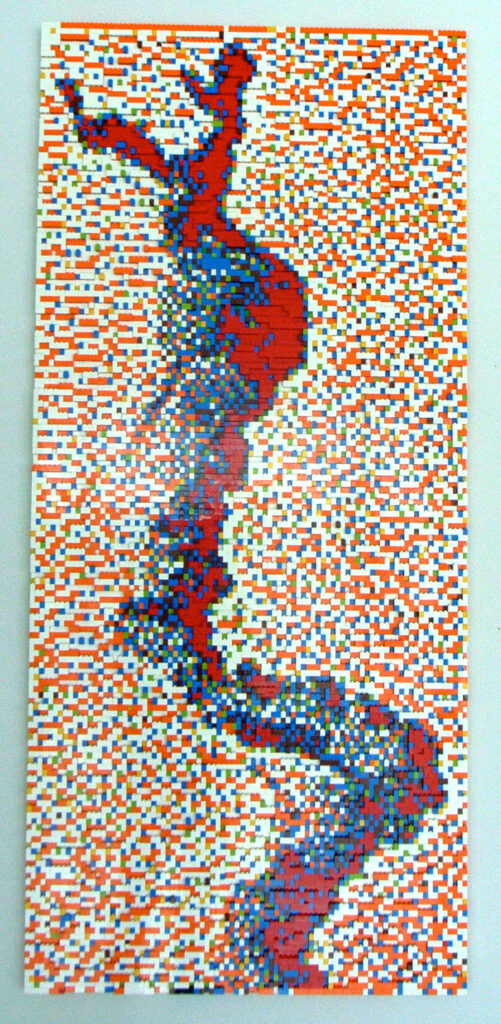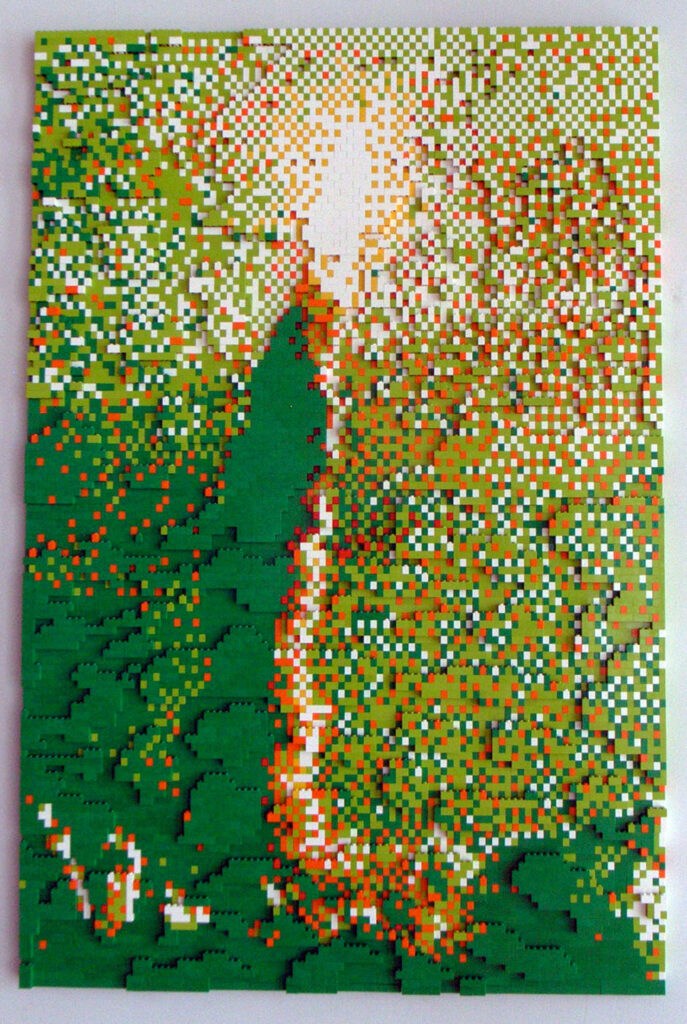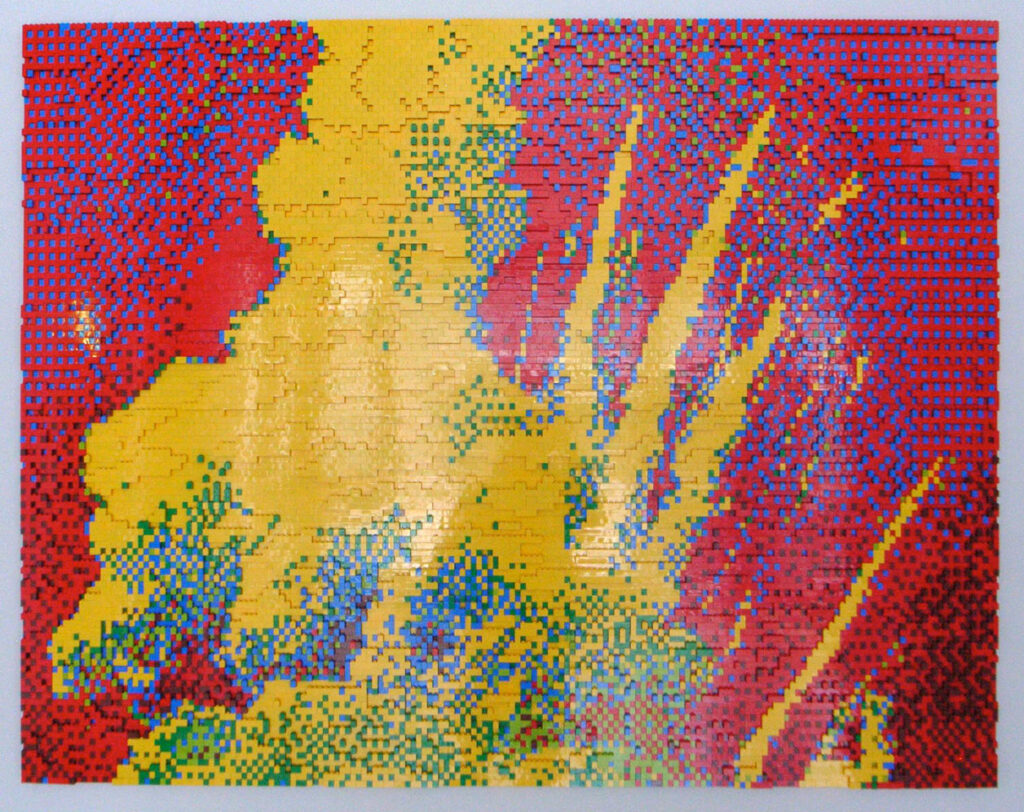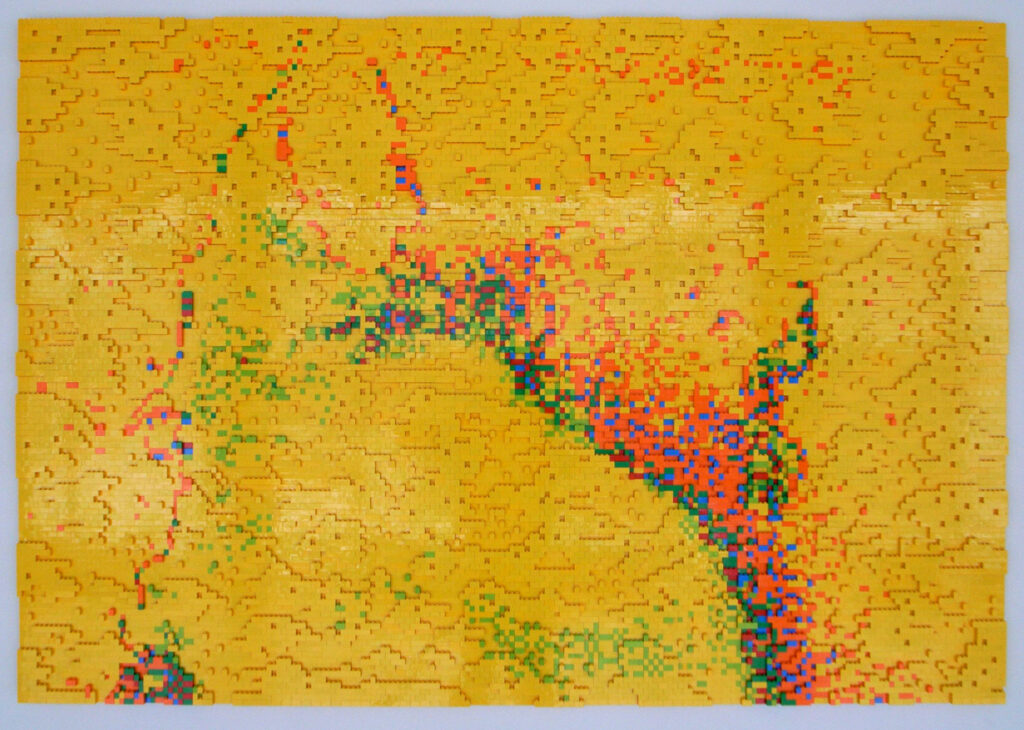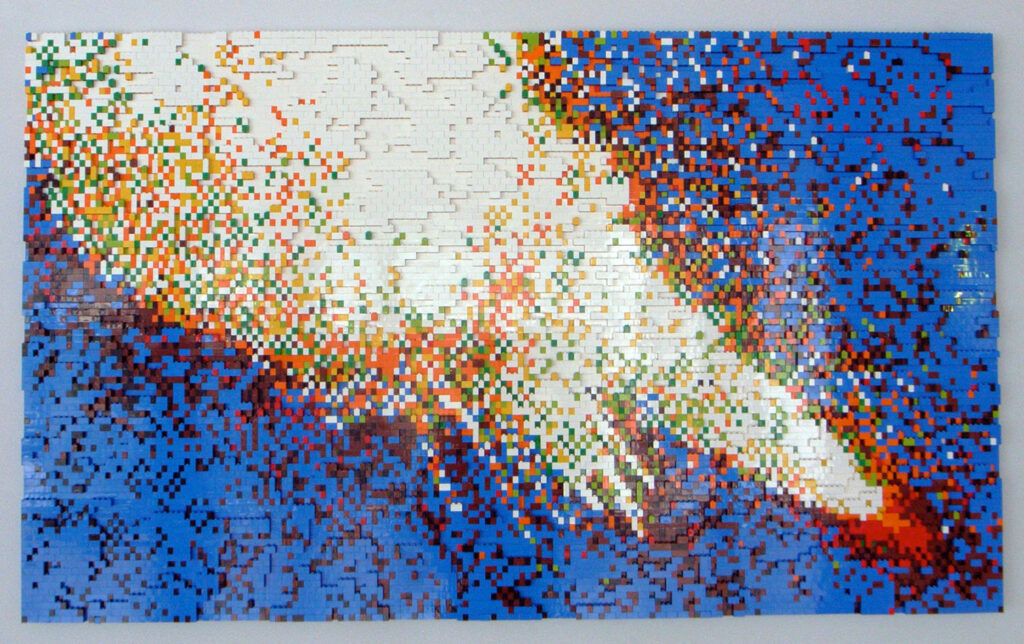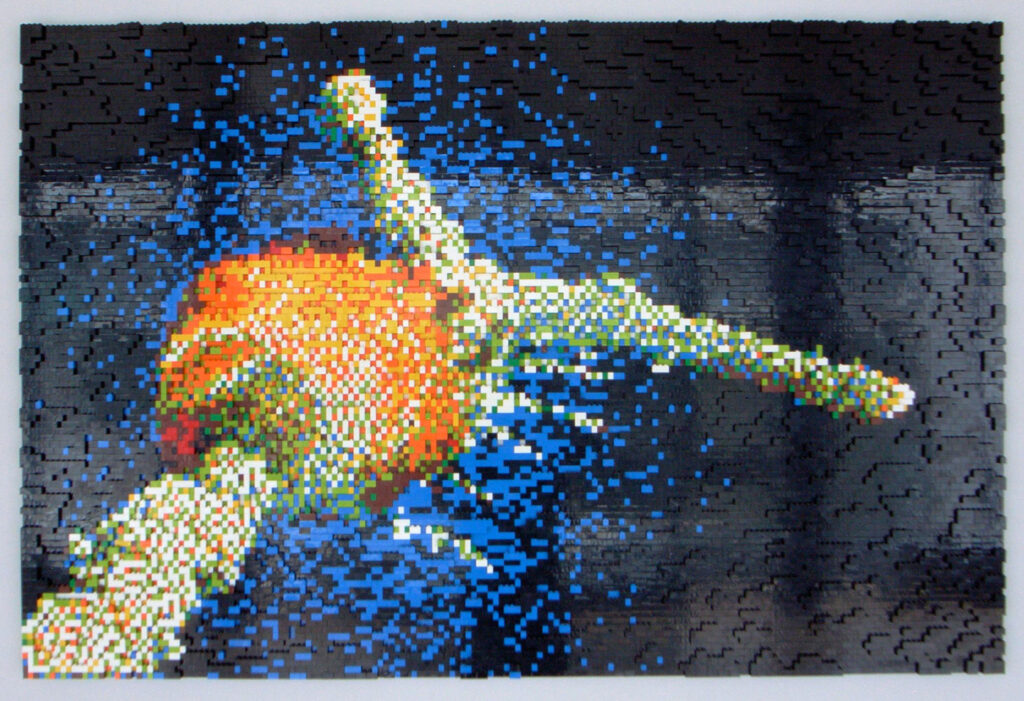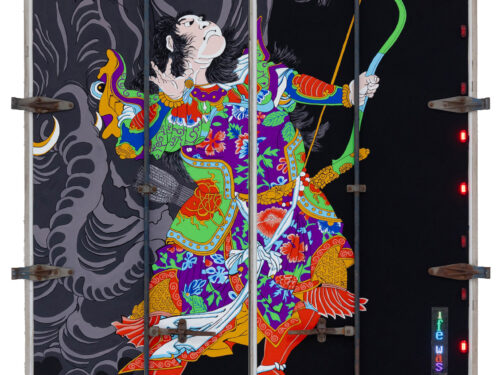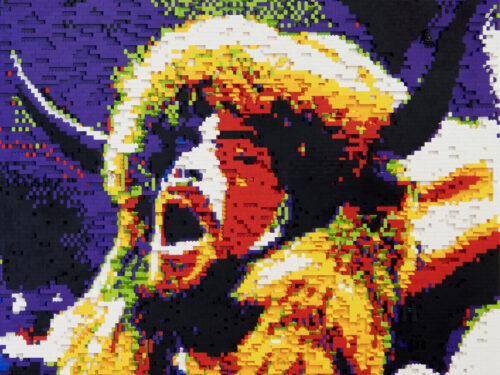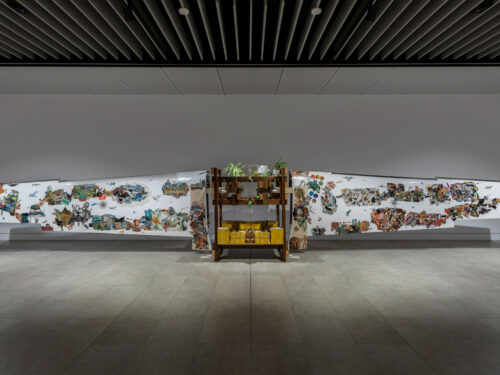
This body of work was created during a residency at the Akiyoshidai International Artist Village, Japan in early 2010. In essence, the work is a meditation on mortality. What better place to meditate upon mortality than Japan: A nation famous for both Harakiri and having the longest lifespan in the world- oddly opposing phenomena.
“To say that dying without reaching one’s aim is to die a dog’s death is the frivolous way of sophisticates. When pressed with the choice of life or death, it is not necessary to gain one’s aim.
We all want to live. And in large part we make our logic according to what we like. But not having attained our aim and continuing to live is cowardice. This is a thin dangerous line. To die without gaining one’s aim is a dog’s death and fanaticism. But there is no shame in this. This is the substance of the Way of the Samurai.”
-Hagakure: The Way of the Samurai by Yamamoto Tsunetomo
Children freely explore notions of life and death through play and through story telling (how many children’s stories end with ‘and then I died’). It is in adult life that we grow more reticent about death and destruction. So when the space shuttle Challenger blew up in front of the children of the world’s eyes, it was perhaps the adult world that was more shocked.
Paul Virilio coined the term, the Integral Accident
“To invent the sailing ship or steamer is to invent the shipwreck.
To invent the train is to invent the rail accident of derailment
To invent the family automobile is to produce the pile-up on the highway
To get what is heavier than air to take off in the form of an aeroplane or dirigible is to invent the crash- the air disaster.
As for the space shuttle, Challenger, its blowing up in flight in the same year as the tragedy of Chernobyl occurred is the original accident of a new motor, the equivalent of the first shipwreck of the very first ship.”
But perhaps the concept of the Integral Accident is not as revolutionary as it sounds to a child who plays with Lego too much- in the hands of such a child, buildings and vehicles are endlessly created and destroyed. The Lego model is created in the certain knowledge that it will be destroyed in the not too distant future.
Many of our past works have been concerned with deconstruction: analysing the matter of an object through the deconstitution of its original shape and subsequent reconstitution into a different form. We are interested in Lego because it is an analogue of the modern house brick: stackable and able to be tessellated, thereby creating strong structures. The Lego brick, unlike its architectural counter-part has the element of changeability and movement integral within its design.
The material desires of children are explored through their play with Lego: houses built, spacecraft fashioned into and of course smashed apart and rebuilt again.
